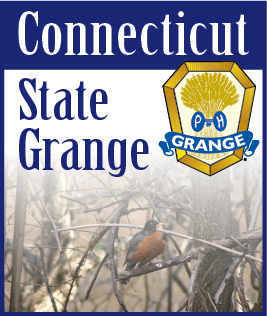| APRIL 2015 -- The Connecticut Agricultural Experiment Station (CAES) and the Department of Energy and Environmental Protection (DEEP) today announced that the Southern Pine Beetle (Dendroctonus frontalis) was detected in Wallingford, CT on March 17, 2015 by staff members at CAES and DEEP. The identification has been confirmed by officials of the USDA Forest Service. This is the first detection of this pest in Connecticut. Four sites in New Haven County and one each in Litchfield and Hartford counties have been confirmed positive for the beetle. Southern Pine Beetle (SPB) is native to the Southeastern United States and has long been a major pest of timber plantations in that region. The beetle can overwhelm and kill healthy trees. Dr. Kirby C. Stafford, State Entomologist, said “it is disappointing to have yet another forest insect pest introduced into the state, but as this is a beetle native to the U.S., there will be no Federal or State regulation on movement or disposal of infested trees or wood”.
Southern Pine Beetle predominately attacks ‘hard’ pines. In Connecticut we have several non-native hard pines that are vulnerable, such as Red Pine, Scotch Pine and Austrian Pine. The native tree of most concern is Pitch Pine. Pitch pine was once an abundant tree in the state, but due to development of its preferred habitat, (the sand-plain ecosystem) it now remains in scattered patches throughout the state. “Although pitch pine contributes little to the overall make up of Connecticut’s forests, its potential loss is of grave concern primarily due to the unique and highly valued habitat it provides for rare and endangered species dependent upon pine-oak sandy barrens” said Christopher Martin, Director of Forestry, DEEP. While SPB will attack eastern white pine, our most abundant pine, it is a non-preferred host.
Although SPB is a southern species, it has been slowly expanding its range northward in recent years. The beetle has caused significant pine mortality in the Pine Barrens of New Jersey over the last decade. A large infestation was detected in the Pitch Pine Preserve in eastern Long Island in October 2014. It is unclear how, or when, the beetle arrived in Connecticut. Trapping will begin in mid-April to determine beetle overwintering success. Visual surveys are underway throughout the state to determine the extent of the infestation.
The SPB is a small, destructive beetle, 2mm in length. Pines attempt to push the attacking beetles out with a flow of resin. Attacked trees are thus covered with small popcorn-like blobs of dried resin. If the attack is successful the beetles lay eggs under the bark, the larvae then feed on the circulatory system of the tree, and kill the tree in one to two years. If you see pines with the popcorn resin, please contact CAES at ctstateentomologist@ct.gov or 203 974-8474. |
